Daniel Craig’s last dance as a Double-O agent brings the present chapter of the long-standing spy saga to a sentimental close.
Ah, Mr Bond. We’ve been expecting you… Having been delayed first by Danny Boyle’s departure as director and then by the ongoing COVID-19 pandemic, Daniel Craig’s last dance as a Double-O agent has been a long, long time coming. The 25th entry in the perennial spy saga finally emerges six years after Spectre; 24 months after principal photography wrapped at Pinewood Studios; six months after Billie Eilish picked up a Grammy for her eponymous theme song, which topped the singles chart 18 months ago. At a rump-numbing two hours and 43 minutes, it is also by some margin the longest James Bond film to date. No time to die indeed.
With Blofeld (Christoph Waltz) still banged up, we find Craig’s ex-British Intelligence officer enjoying the quiet life in Jamaica (where Ian Fleming famously wrote the first draft of ‘Casino Royale’) having parted ways with Madeleine Swann (Léa Seydoux) five years prior. But Bond’s retirement plans are cut short when CIA fixer Felix Leiter (Jeffrey Wright) drops in to deliver a fateful message. A scientist with ties to SPECTRE named Valdo Obruchev (David Dencik) has gone missing, and with him the codes to a high-tech biological weapon – codename Project Heracles – with devastating capabilities. Just when he thought he was out, Bond is pulled back in. Shake, pour, repeat.
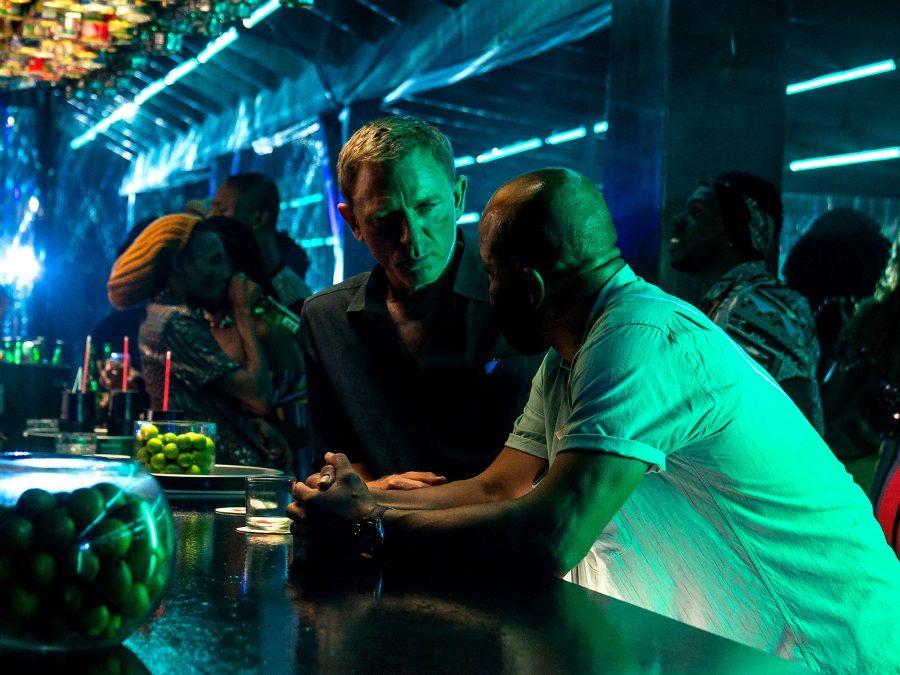
After hopscotching between various far-flung locales, Bond eventually crosses paths with part-time botanist/full-time terrorist Lyutsifer Safin (Rami Malek), who in time-honoured franchise tradition has a facial disfigurement to signify his evil nature, thereby joining the ranks of previous Bond villains Blofeld, Jaws, Alec Trevelyan, Zao, Le Chiffre and Raoul Silva (alarmingly, three of these have come during Craig’s tenure). In a film which is not nearly as progressive as it thinks it is, this harmful trope lives to die another day.
While Safin’s ‘Phantom of the Opera’ get-up (early on he wears a traditional Noh theatre mask; a possible nod to director Cary Joji Fukunaga’s Japanese heritage) casts him as a mysterious, unknowable adversary, he is ultimately a rather textbook baddie. You know the kind: an agent of chaos with childhood trauma and a vague ideological motive, hellbent on toppling Western civilisation. Sean Connery said it best back in 1962: “World domination. The same old dream.”
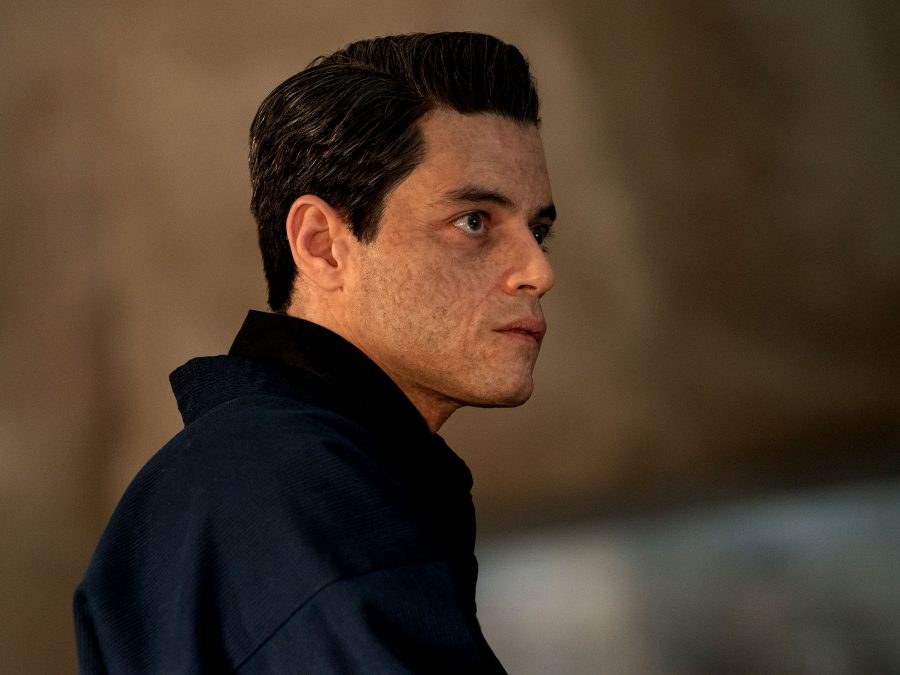
With the advent of every new Bond film, talk invariably turns to who will be given licence to kill next time around. Before that million-dollar question is answered, however, there are more pressing concerns to address. Phoebe Waller-Bridge may have been brought in to punch up the script, becoming just the second woman after Johanna Harwood (whose work on Dr No and From Russia with Love is barely recognised today) to earn a Bond writing credit, but it’s telling that Neal Purvis and Robert Wade are given top screenwriting billing. The pair have now penned seven Bond films stretching back to 1999’s The World is Not Enough, and the sustained faith shown in them by producers Barbara Broccoli and Michael G Wilson goes some way to explaining the stagnation that has set in over the past decade or so.
It’s not that No Time to Die suffers from a lack of creative vision. This is the first Bond film to be shot using large-format 65mm IMAX and Panavision cameras, and Fukunaga and his production team have delivered a big screen experience in the truest sense of the phrase. There is one particularly impressive ‘single take’ set-piece that rivals the tracking shot in the Fukunaga-helmed first season of True Detective. Yet the spectacle is only half the story. For all its technical prowess, this is a contemporary action-thriller with a distinctly old-fashioned flavour; one eye on the future and both feet planted in the past.
It is, to use an on-brand metaphor, an Aston Martin chassis fitted with a Morris Minor engine. An immaculately polished blockbuster powered by a lacklustre plot and stockpile characters, most of whom continue to be underserved and underdeveloped. The likes of M (Ralph Fiennes), Q (Ben Whishaw) and Moneypenny (Naomie Harris) may carry a certain nostalgic value, but they are starting to look as tired and world-weary as Bond himself. Much like its recurring cast, then, this series is stuck in an all-too familiar holding pattern.
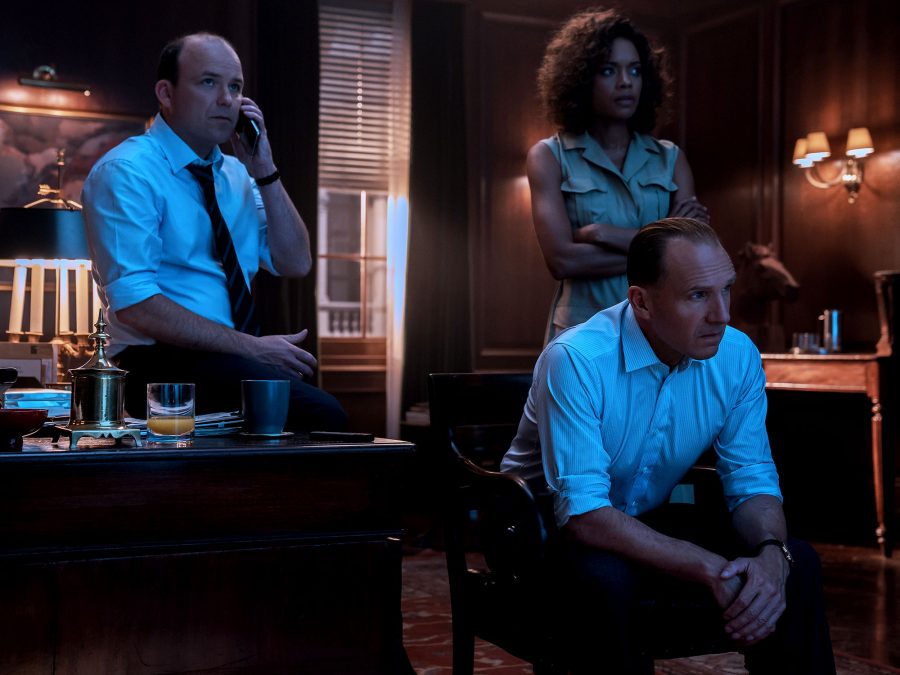
You can update the cars, the gadgets, the arch one-liners, the product endorsements. But superficial changes count for very little when the basic quandary of why Bond exists – and by extension, why Bond films still exist – remains the same. Where Skyfall and to a lesser extent Spectre offered a sly commentary on this existential theme, No Time to Die is not interested in introspection in any meaningful sense. Given the current State of Things, and especially in the wake of Brexit, it would surely be apropos to interrogate the function of this enduring symbol of British exceptionalism and (waning) geopolitical influence.
After all, Bond is nothing if not a blunt political instrument – a staunch individualist operating within a centralised system of state control. More to the point, these films do not exist in a fictional vacuum. They have always reflected real-world issues and anxieties, be it to do with mass surveillance and data security as in the previous two instalments, or biological warfare as in this case. And yet No Time to Die is not bothered about the bigger picture. Rather, it is an intensely personal, at times cloyingly earnest, film whose stakes are closer to home and consequently much higher. Amid the teary long goodbyes and all the talk of letting go, however, it’s unclear who exactly we’re supposed to be honouring: Craig’s Bond or the actor himself.
Third-act fireworks notwithstanding, there are a couple of notable bright sparks. Ana de Armas’ rookie CIA operative Paloma kicks all kinds of butt in her brief time on screen, staking her claim as arguably Bond’s fiercest female counterpart since May Day from 1985’s A View to a Kill (Grace Jones was at one stage set to make a sensational return, only to pull out when she learned how small her part was). Lashana Lynch’s Nomi, having inherited Bond’s iconic code number, wastes no time in establishing herself as one of MI6’s top agents. (Though it’s worth noting that after having dangled the carrot of a Black 007, the film ends up doing Lynch’s character a disservice by making her pay deference to Bond; a clumsy, cringe-inducing moment that says a lot about where the franchise is at.)
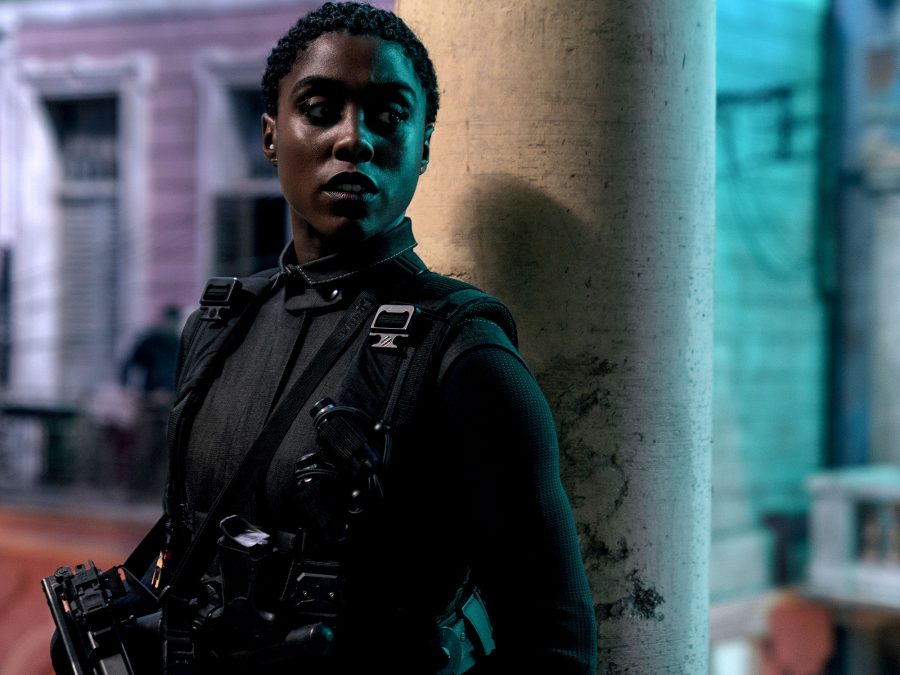
And then there’s Swann, a thoroughly modern movie heroine – undoubtedly an upgrade on the sexist Bond Girls of old – whose expanded role in this film is undermined by the glaring absence of chemistry between Seydoux and Craig. The sex appeal of both actors is undeniable, but there is simply no sizzle to their on-screen romance. Perhaps due to the fact that Craig is 17 years his co-star’s senior, their dynamic feels slightly off, failing to light up the screen in the way that, say, Craig and Eva Green did in 2006’s Casino Royale.
There is a lot to be said for knowing when to call it a day. Before the release of Spectre, Craig stated in an interview with Time Out magazine “I’d rather slash my wrists” than reprise his role for a fifth time. That ill-judged comment was presumably intended to be taken with a hefty pinch of salt, but in hindsight it is all the more ironic given the events of this film that he couldn’t re$i$t coming back for one last hurrah. The sad thing is that where once Craig heralded an exciting new dawn for the series, he has since come to epitomise its prolonged stasis.
So how will the Daniel Craig era be remembered? As a largely entertaining if inconsistent sequence of films that dragged Bond kicking and screaming into the 21st century? Or as a postmodern echo chamber of mothballed storylines and second-hand iconography? It’s still too early to say. What is clear is that, whatever decisions are taken from here, someone needs to find a way to get Bond his mojo back. Maybe he could even (re)learn to lighten up a little. Because while the working title ‘Shatterhand’ will never not be funny, in the end No Time to Die has all the atmosphere of a funeral procession.
Published 28 Sep 2021
Finally!
Bond by numbers.
The send-off Craig’s Bond (probably) deserves.

By Mark Allison
In The Living Daylights and Licence to Kill, Dalton created the template for Daniel Craig’s hard-edged 21st century Bond.
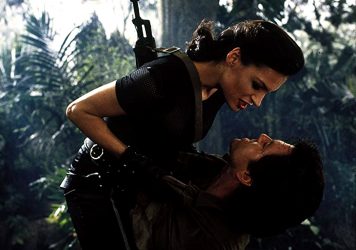
By Mark Allison
With a new 007 and more progressive sexual politics, this film brought the series up to speed with the modern world.